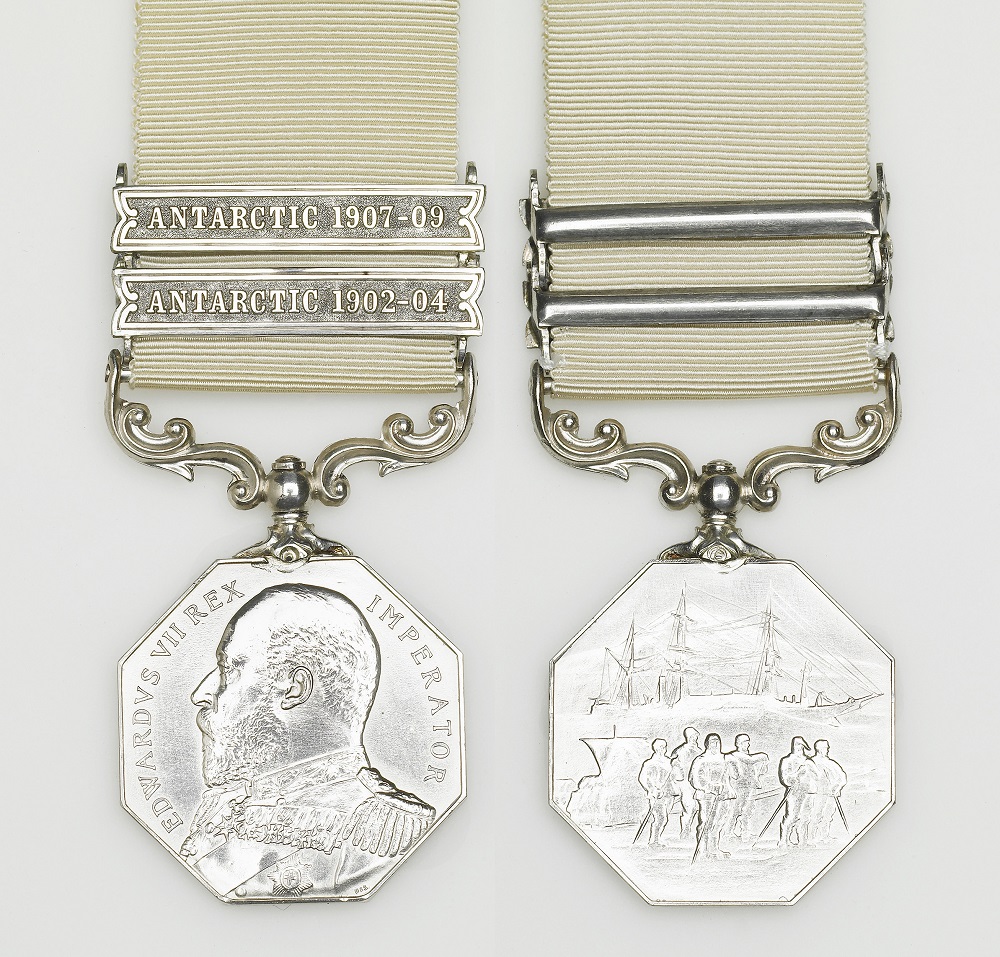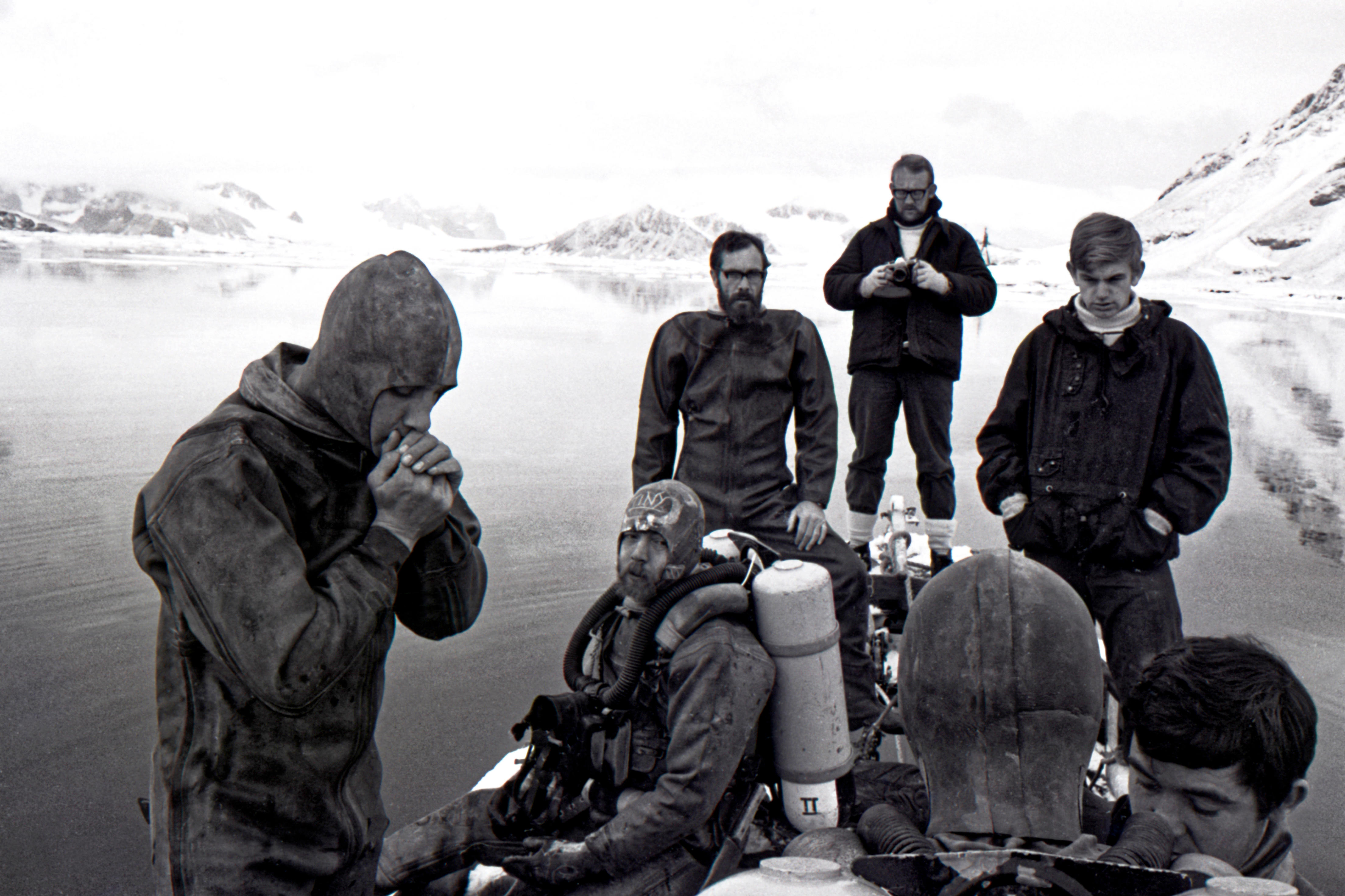What is the Polar Medal?
When was the Polar Medal established? Who is eligible for the medal? And who has received the medal? Here’s all you need to know about the Polar Medal.

When was the Polar Medal established?
The first polar award to be instituted was the Arctic Medal in 1857 (Gazette issue 21963): “Her Majesty having been graciously pleased to signify her commands that a Medal be granted to all persons, of every rank and class, who have been engaged in the several Expeditions to the Arctic Regions, whether of discovery or search, between the years 1818 and 1855, both inclusive.”
However, in 1904 the Polar Medal was instituted to reward participants in Captain Robert Falcon Scott’s first successful expedition to the Antarctic.
Who is eligible for the Polar Medal?
The Polar Medal is awarded to individuals who have given outstanding achievement and service to the UK in the field of polar research, often over prolonged periods of time and in harsh conditions.
Initially a minimum period of service of 12 months was required to be awarded the medal and the Polar Medal was presented to anyone who participated in a polar expedition endorsed by the governments of any Commonwealth realms.
However, since 1968, a greater emphasis has been placed on individual service, and since 1998: “Service in the support of the acquisition of knowledge of Polar regions shall normally be at least ten years’ such service in order to be considered for the Medal, although, in exceptional cases, a shorter period of outstanding service may be considered” (Gazette issue 55252). The ‘Polar regions’ are also clearly defined in the 1998 regulations:
- Antarctic—south of Latitude 60 degrees South, as well as the islands of South Georgia, the South Sandwich Islands, Heard Island and Bouvet’ya, account being taken of the position of the Antarctic Convergence in deciding whether the service is eligible
- Arctic—north of the Arctic Circle and including the whole of Greenland and Baffin Island, account being taken of the remoteness of the nominee's activity from established settlements and from air transportation facilities
Although the award is primarily given to citizens of the United Kingdom, there is provision to honour citizens of Commonwealth countries. Nominees for the Polar Medal are made on the advice of the Polar Medal Assessment Committee, who make recommendations to the monarch via the Secretary of State for Defence.

Who has received the Polar Medal?
Since 1904, the Polar Medal has been awarded to some of the world’s greatest explorers, including members of Sir Ernest Shackleton's expeditions in 1907–09 (Gazette issue 28311) and 1914–17, as well as members of Captain Scott’s Terra Nova expedition to the South Pole in 1910-1913 (Gazette issue 28740).
Sir Edmund Hillary and Sir Vivian Fuchs, who led the Commonwealth Trans-Antarctic Expedition of 1955-58, also received the Polar Medal for their services (Gazette issue 41384).
In 1986, Sir Ranulph Fiennes was awarded the Polar Medal for "outstanding service to British Polar exploration and research” (Gazette issue 50650). His wife, Ginny Fiennes, also received the Polar Medal in the same year and was the first woman to receive the medal. Ranulph Fiennes was awarded a second clasp to the Polar Medal in 1994, having visited both poles (Gazette issue 53882). To this day, he remains the only person to have received a double clasp for both Arctic and Antarctic expeditions.
The most recent recipients of the Polar Medal were announced in a special supplement of The Gazette on 31 December 2024 (Gazette issue 64616).
What does the Polar Medal look like?
The Polar Medal was struck in both bronze and silver until 1939, when the award of the bronze medal was discontinued. The medal is octagonal in shape and features an image of the monarch on the obverse. It’s accompanied by a clasp that’s placed on the ribbon of the medal in order to signify which region or regions service was completed. Additional clasps may be awarded for further service.
Alongside Sir Ranulph Fiennes, several others have been awarded additional clasps, with Frank Wild CBE and Ernest Joyce holding the joint record of four clasps on their Polar Medals.
See also
What is the 'Order of Wear' for British honours, decorations and medals?
Birthday and New Year honours lists (1940 to 2021)
Terra Nova Expedition, 1910 to 1913
Find out more
British Antarctic Survey (BAS)
Images (in order of appearance)
Royal Collection Trust / All Rights Reserved
Alamy (HMS Endurance British Antarctic Hydrographic Survey Ship diving party in 1973)
Publication updated
2 January 2025
Any opinion expressed in this article is that of the author and the author alone, and does not necessarily represent that of The Gazette.
